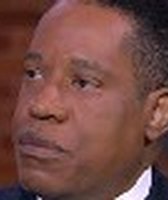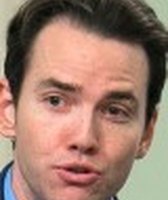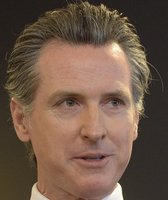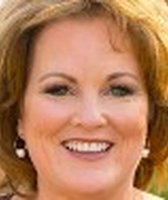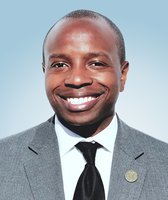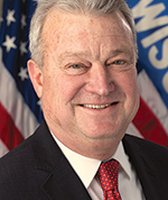Stand up for the facts!
Our only agenda is to publish the truth so you can be an informed participant in democracy.
We need your help.
I would like to contribute
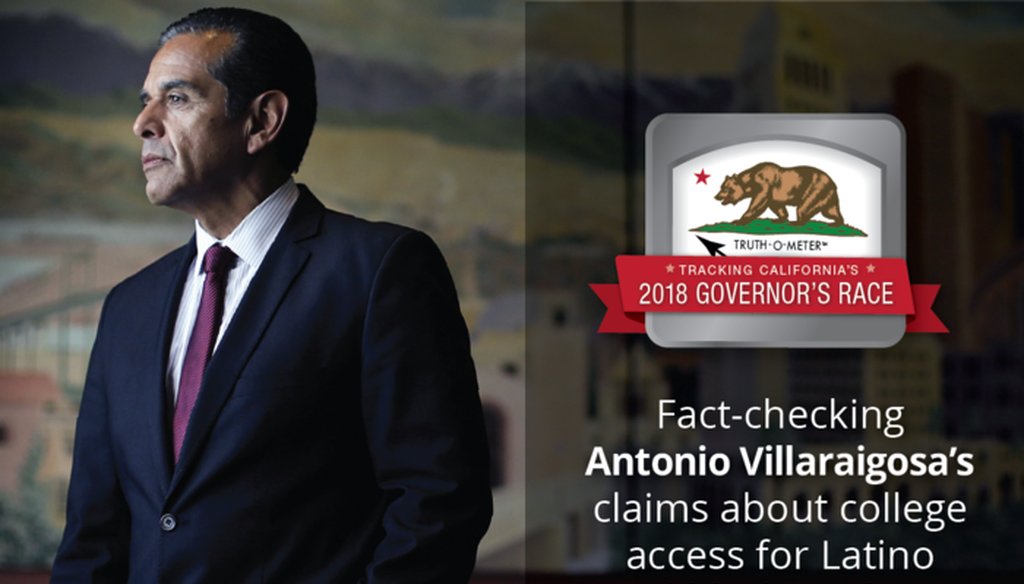
Former Los Angeles Mayor Antonio Villaraigosa is a 2018 candidate for California governor.
Democratic candidate for California governor Antonio Villaraigosa recently described the lack of poor and minority students at state universities as a "crisis."
The former Los Angeles mayor rattled off statistics about the severity of the problem during an interview with San Diego TV station KUSI on December 6, 2017:
"I believe it’s really important that the next governor focus on the fact that we have about an 80 percent (high school) graduation rate. For poor kids, it’s closer to 70 percent. About 13 percent of them are going to a 4-year college and only 9 percent of them are graduating (from college)."
"I think we need to address it as the crisis that it is. Make sure that we’re making investments, but also that we’re connecting those investments with results," he added.
One month earlier, at the Milken Institute 2017 California Summit in Los Angeles, Villaraigosa made a similar claim. But he was more specific, citing "African American and Latino" students.
Sign up for PolitiFact texts
In both cases, he repeated the assertion that "only 13 percent" are "going to a four-year college," a figure that caught our attention.
We wondered: Are four-year college participation rates for Latino and African American students really this low?
Complicating our research is the fact that there’s no comprehensive survey of all California high school graduates about their college plans. Nor are they all tracked as they move through the higher education system in this state or others. Without a way to know where all high school graduates end up, we turned to college enrollment data to give us the next-best picture.
Due to these shortcomings and because parts of Villaraigosa’s statements are unclear and open to interpretation, we did not rate them on our Truth-O-Meter.
Even so, we took a deep look at his claims.
Candidate’s pivot
Villaraigosa is one of several Democrats currently vying to succeed Gov. Jerry Brown in 2018. Two Republicans also are running for governor.
Earlier this year, we rated Mostly True a statement Villaraigosa made about his role in growing high school graduation rates in Los Angeles while he was the city’s mayor.
When we asked Villaraigosa’s campaign for evidence supporting the 13 percent figure, his spokeswoman told us he meant to make a different statement.
"The Mayor was referring to the data point from the Campaign for College Opportunity, which found that only 12 percent of working-age Latino adults have a bachelor's degree," Michelle Jeung, his campaign spokeswoman, told us in an email.
In this new statement, Villaraigosa shifted from college enrollment to completion rates, an important but different topic.
We’ll examine each topic separately.
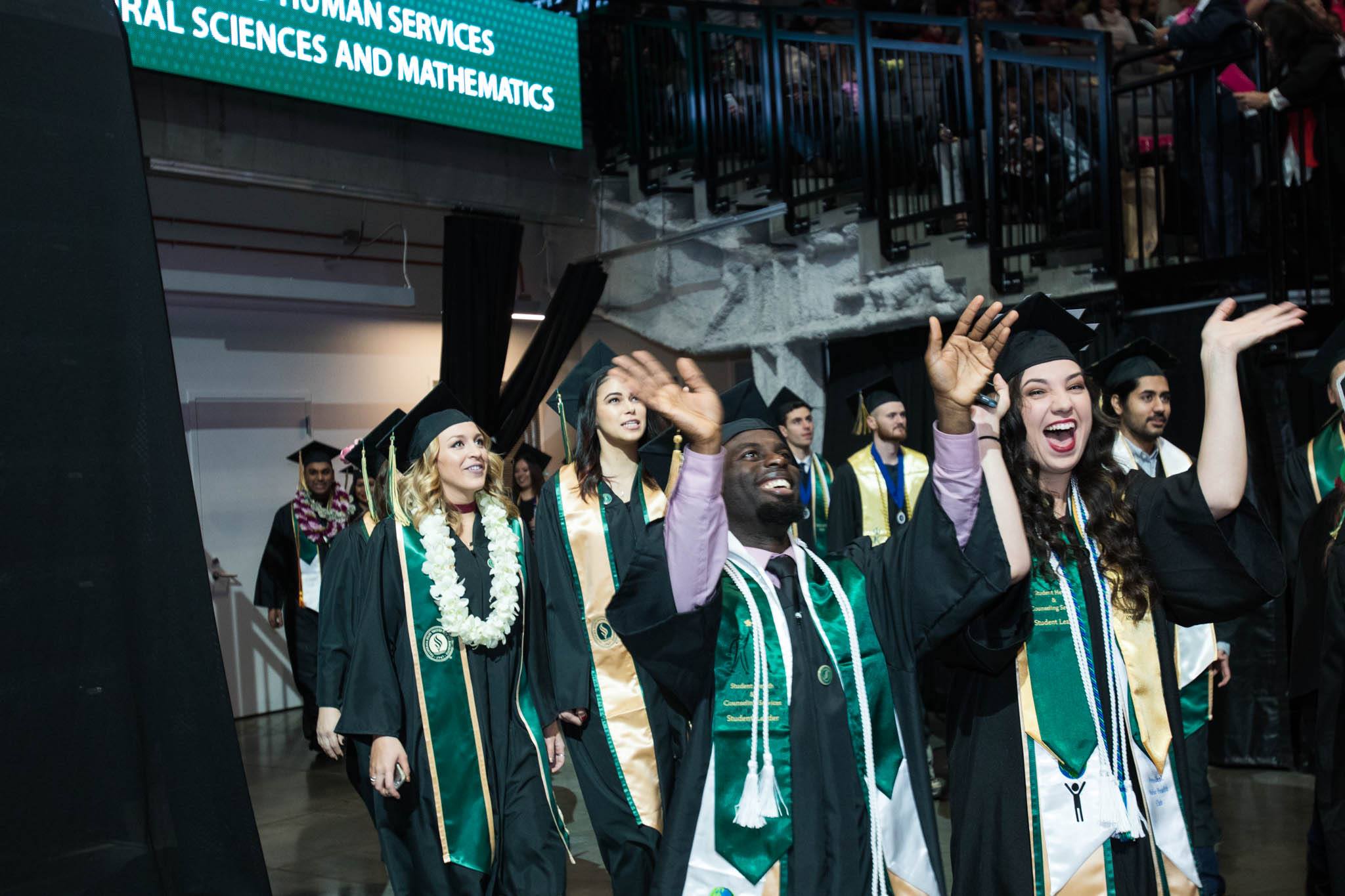
Sacramento State University's Winter Commencement 2017 / Sacramento State Facebook page
Latino enrollment
Latinos represented 18 percent of the nation’s population in 2016 and were the second-largest racial or ethnic group behind whites, according to the Pew Research Center.
Looking at all four-year colleges nationwide, both public and private, non-profit and for profit, Latinos represent about 12 percent of enrollment. That’s based on our analysis of 2015 data from the National Center for Education Statistics.
At first glance, that figure appears to be in line with Villaraigosa’s original claim. But remember he was describing high school graduates from California, not students from all over the country.
When we examined data specific to all of California’s four-year colleges, both public and private, we found Latinos made up a much higher share — nearly 27 percent — of students. In raw numbers, that’s about 312,000 of the nearly 1.2 million students enrolled in four-year colleges in the state in 2015.
That’s more than twice Villaraigosa’s claim of 13 percent. In fairness, it also includes what’s likely a small share of Latinos who come from outside the state.
"They (Latinos) are not as underrepresented as his numbers suggest," particularly over the past decade, said Michal Kurlaender, a professor at the UC Davis School of Education, who studies access to community and four-year colleges.
Not fully represented
That doesn’t mean, however, that Latinos are fully represented at California’s top four-year institutions.
Census data from 2016 show Latinos were about 39 percent of the state’s population, ahead of the next largest group, whites, at nearly 38 percent.
That same year, they represented 24 percent of enrollees at the prestigious 10-campus University of California system. That figure has steadily increased from 18 percent in 2010, UC enrollment data shows.
Latinos were a much larger and outsized share, about 47 percent, of the California State University system, according to CSU figures for 2016.
They were also a disproportionately large share, nearly 43 percent, of community college students in California, according to data for the 2015-16 academic year. We found there were more than 2.3 million students enrolled in the state’s community colleges in fall 2015, or more than one million more than in the state’s four-year colleges.
Kurlaender said high tuition or the need to work while going to college can lead many Latino and African American students to apply to community colleges rather than four-year schools. This, she said, compounds the underrepresentation at more expensive and selective schools.
African American enrollment
The story of African American participation at California’s four-year colleges is different from that of Latinos, and is not reflected by Villaraigosa’s statements.
African Americans account for 6 percent of the students at California’s four-year colleges which is close to their 6.5 percent share of the state’s population. Still, it’s far less than the percentage suggested by Villaraigosa.
Again in fairness, some African American students from California leave the state to attend historically black colleges and other universities.
At a time when Latino enrollment has been on the rise, the number of black students at all colleges in the state fell 13 percent between 2011 and 2014, according to a PPIC report.
That drop took place, as reported in The Sacramento Bee, "following a surge of African American enrollment at California colleges" over the past decade "driven particularly by rapid expansion of the for-profit sector."
"The decline could be more severe," the Bee article continued. "In the two years since, major for-profit chains like Heald College and ITT Tech, where African Americans were vastly overrepresented, have closed."
As with Latinos, African Americans are underrepresented at UC schools. Their enrollment has remained at 4 percent since 2010, according to university figures.
Their numbers are also disproportionately small at CSU schools. African American student enrollment has dropped from 7.4 percent a decade ago to 4.4 percent in 2017, CSU data shows.
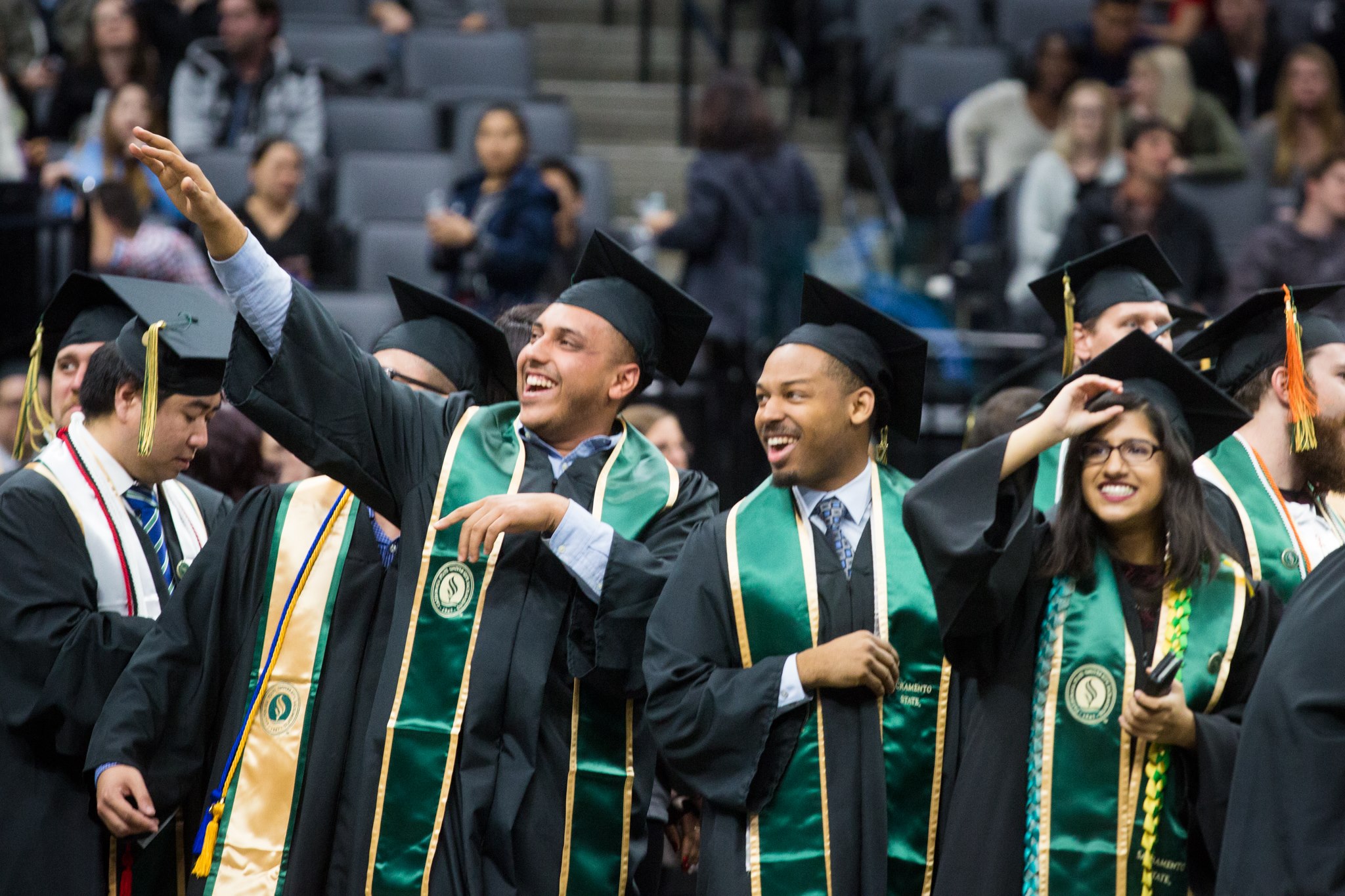
Sacramento State University's Winter Commencement 2017 / Sacramento State Facebook page
College completion
In recent decades, researchers say, college participation has increased for all demographic groups in California, though not at the state’s most selective four-year colleges.
But college completion is a different story.
That is reflected in the accurately revised statement Villaraigosa made on the topic, through his spokeswoman, that only "12 percent of working-age Latino adults have a bachelor's degree."
By comparison, about one-third of all working-age Californians have a bachelor’s degree. That includes 53 percent of Asians, 42 percent of whites and 23 percent of African Americans.
Those figures are supported by the Campaign for College Opportunity’s 2015 report The State of Higher Education in California. The organization advocates for greater college access and completion and is funded by various foundations.
"There is an acknowledged achievement gap for Latino and African American students and a disparity when it comes (to) access to higher education," Villaraigosa’s spokeswoman said in her email. "This is a challenge that we face as a state and one the Mayor believes we need to take on to have the education workforce we need for the future."
Kurlaender, the UC Davis professor, said there hasn’t been as much progress on college completion for underrepresented students as there has been on college access. Closing the gaps between different groups has stagnated in some cases, she said.
"We are seeing more students of every background enroll in college but I would still say there is quite a lot of inequality with where they enroll and most definitely with college completion," the professor said.
The reasons for lower graduation rates among Latino and African American students are many, Kurlaender added. They include: feeling less welcome on campus; experiencing financial hardships; and oftentimes receiving less rigorous academic preparation before college.
"Getting in, that’s the easy part"
Allen Smith, who is African American and a sophomore at Sacramento State University, believes the study habits he learned before college are the key to keeping him on track to graduate.
"Getting in, that’s the easy part," said Allen, 20, a graphic design major. "It’s staying in and getting through to graduation, that’s where it gets difficult."
Allen said he benefited from a mentorship program in high school that connected him with college students in his hometown of San Bernardino. The experience, he said, showed him the steps necessary to succeed in college.
Kurlaender added that obtaining a college degree, for students of all backgrounds, is especially critical today.
"The returns to a college degree are more important than they’ve ever been in terms of ensuring access to a middle class lifestyle," she said.
Conclusion
Villaraigosa initially said only 13 percent of Latino and African American high school graduates in California go to four-year colleges. We found his statement is imprecise and open to interpretation. Importantly, there’s no comprehensive resource that tracks where all high school graduates go. Instead we examined enrollment data for all of California’s four-year colleges, both public and private, for-profit and nonprofit. This gives us the next-best picture of college participation for students of color.
We found that whether you examine Latinos and African Americans as individual groups or collectively, Villaraigosa’s figures give the wrong impression.
They greatly understate the participation rates of Latinos at four-year colleges, at least in California. We found Latino enrollment is nearly 27 percent when accounting for all four-year institutions in the state. That’s nearly twice the rate Villaraigosa suggested.
Meanwhile, he overstated this rate for African American students. They are about 6 percent of enrollees at these schools, not 13 percent.
When examined as one collective group, Latinos and African Americans, account for nearly 33 percent of the state’s four-year college students.
When asked about these statements, Villaraigosa’s campaign followed up by saying the candidate meant to say that only 12 percent of working-age Latino adults have a bachelor’s degree. We found he’s correct on that figure, which is backed up by a 2015 Campaign for College Opportunity report.
Villaraigosa’s shift to college completion highlights a topic researchers say needs more attention. There hasn’t been as much progress improving graduation rates for underrepresented students as there has been on college access, and in some cases the progress has halted.
PolitiFact California intern Kathryn Palmer contributed research and writing for this article.
Governor’s race
Villaraigosa is among several Democrats competing to succeed Jerry Brown in the 2018 California governor's race. Others include California Treasurer John Chiang; Delaine Eastin, the state’s former superintendent for public instruction; and Gavin Newsom, the state’s current lieutenant governor.
Republican candidates include John Cox, a businessman from San Diego County and Travis Allen, an Orange County state assemblyman.
Visit our "Tracking The Truth" project here for all of our fact checks on the 2018 California governor’s race.
Hear a claim you want fact-checked? Email us at politifactca@capradio.org, tweet us @CAPolitiFact or contact us on Facebook.
Our Sources
Antonio Villaraigosa, interview on KUSI TV, Dec. 6, 2017
Antonio Villaraigosa, speech at Milken Institute 2017 California Summit, November 2017
Michelle Jeung, spokeswoman for Villaraigosa’s campaign for governor, email exchange Dec. 12, 2017
Michal Kurlaender, professor, UC Davis School of Education, interview Dec. 12, 2017
Hans Johnson, director, Higher Education Center, Public Policy Institute of California, interview December 2017
Allen Smith, student, Sacramento State University, interview Dec. 22, 2017
Campaign for College Opportunity, The State of Higher Education in California, April 2015
Public Policy Institute of California, Improving College Pathways in California, November 2017
Public Policy Institute of California, Higher Education in California Report, April 2016
The Sacramento Bee, Where have California’s black students gone?, December 26 2016
Los Angeles Daily News, Latinos in California lag ‘far behind’ in college enrollment, graduation rates, April 29, 2015
California Department of Education News Release, April 2017
Los Angeles Times, California and L.A. Unified graduation rates continue to rise, April 12 2017
NBC News, Record number apply to University of CA, Latinos are highest share, Dec. 22, 2016
California State University, Statistical reports enrollment by ethnic group
National Center for Education Statistics, Integrated Postsecondary Education Data System Trend Generator, Fall 2015 Enrollment Data
California Community Colleges, Student success scorecard report, 2015-16 data
California School Boards Association, Fact sheet: Latino student in California’s K-12 Public Schools, October 2016


 PolitiFact Rating:
PolitiFact Rating: 












